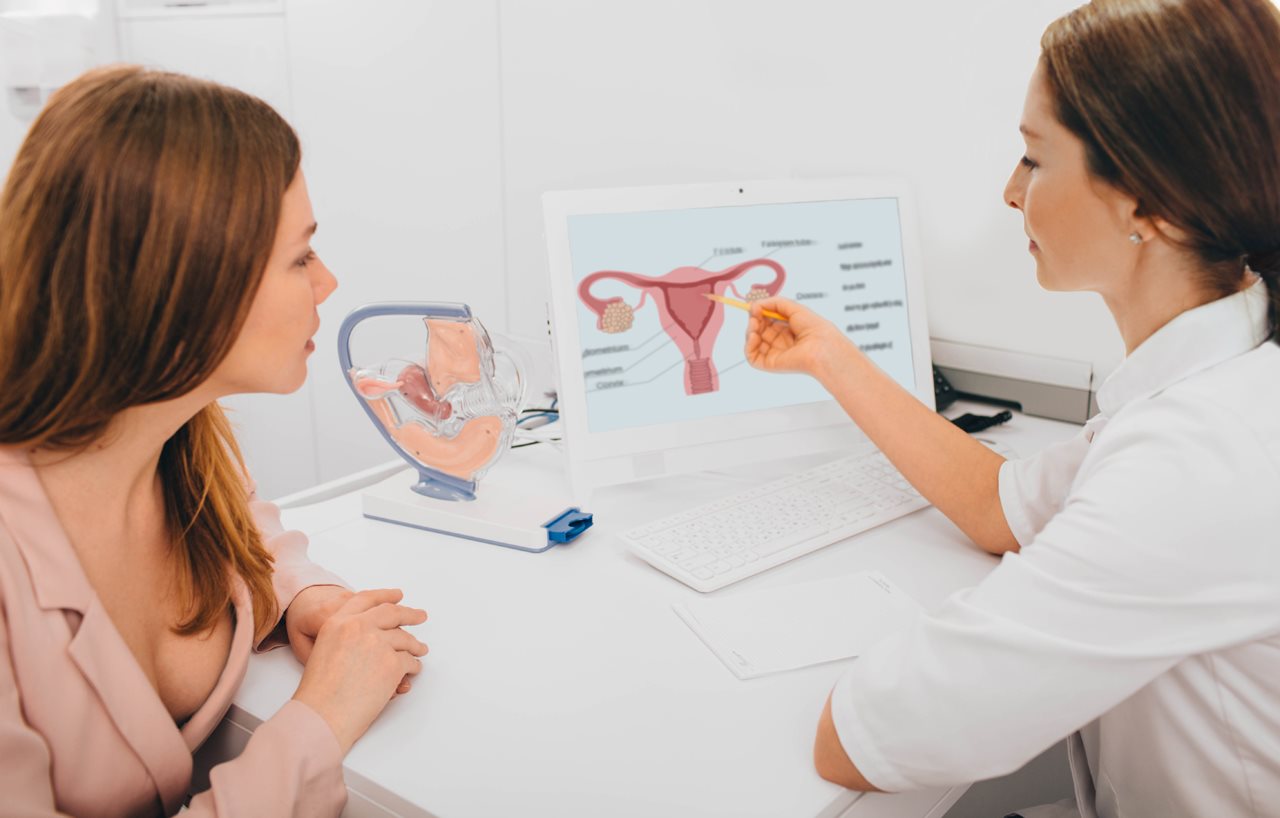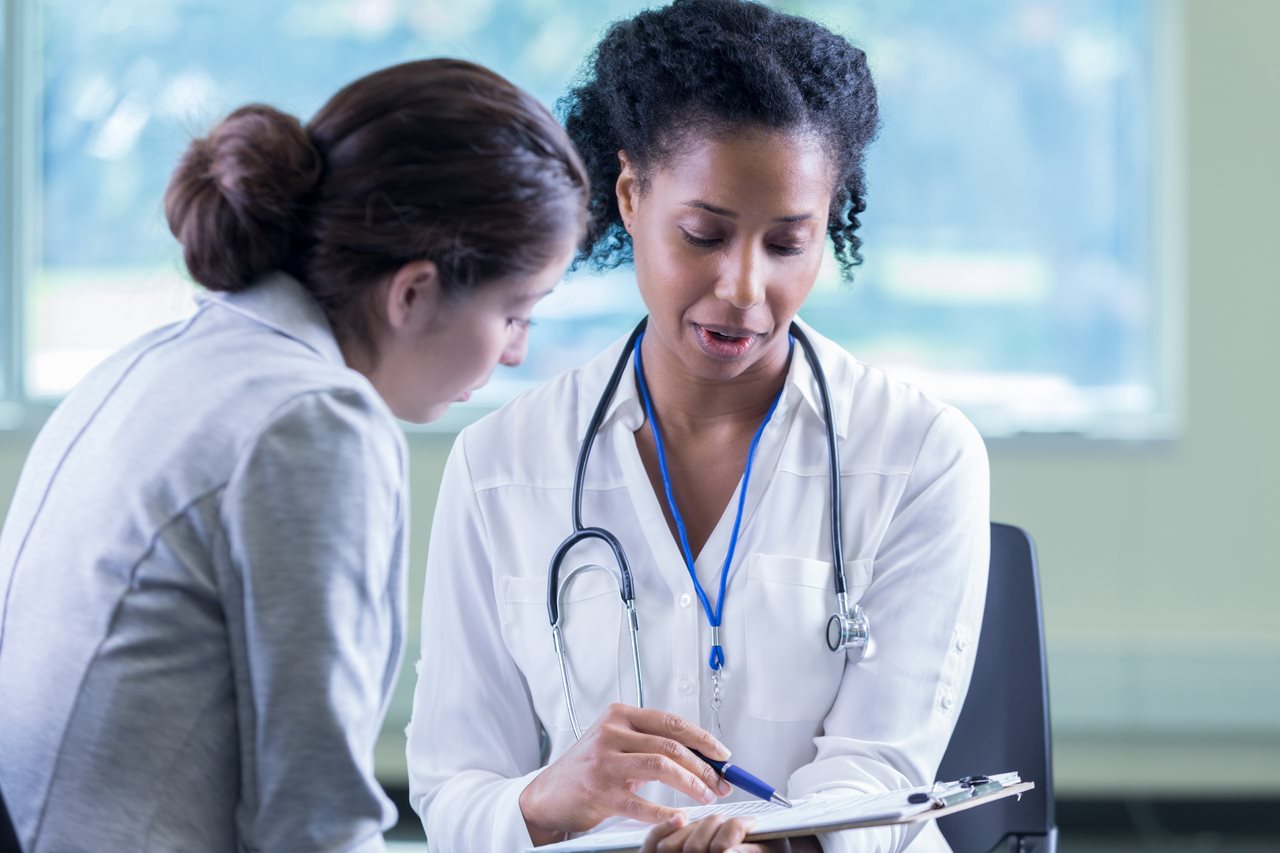(BPT) - Written by: Barbara McGuirk, M.D., a Board Certified Reproductive Endocrinology and Infertility Specialist, and the Director of Reproductive Surgery at RADfertility and Program Director of the Endometriosis & Pelvic Pain Center
Endometriosis is a serious health issue that occurs when cells similar to the lining of the uterus (called the 'endometrium') grow in other areas of the body, such as the pelvis, ovaries or abdomen. Over time, the irritation caused by these cells can create scar-like tissue called adhesions that can twist and tie the organs into unnatural positions, causing severe pain and in some instances, infertility.
While some celebrities, including Tia Mowry and Olivia Culpo, have opened up about their personal battles with endometriosis, helping to shed light on this invisible disease, too many individuals are still unaware of what endometriosis is and the impact it has on so many lives.
Here are four facts everyone should know about endometriosis:
1. It's common, but often undiagnosed

Endometriosis impacts roughly 11% of individuals assigned female at birth. Unfortunately, individuals often experience pain and other endometriosis symptoms for many years before receiving a proper diagnosis. In fact, several surveys of people with endometriosis reported that it can take five to 10 years before a diagnosis is made and that they may see more than five health care providers before this diagnosis is made.
Many people incorrectly assume - or are even told by healthcare providers - that their symptoms are normal, but nothing about chronic pain is 'normal.' Because of this, oftentimes, endometriosis is not diagnosed until they have difficulty getting pregnant.
2. Endometriosis can cause a wide range of symptoms

Pelvic pain and heavy or irregular periods are a few symptoms typically associated with endometriosis. However, depending on where the endometriosis exists in the body, it can impact the symptoms the person may experience.
Individuals with endometriosis may also have nausea, vomiting, pain when urinating and/or when having a bowel movement, urgency to urinate, painful intercourse, constipation, diarrhea, infertility, nerve pain/sciatica and more.
Endometriosis is often categorized into stages (I-IV) based on the number and size of endometriosis lesions, as well as where they're located and how deep they are in the tissues. The higher the stage, the more widespread the endometriosis is. However, it is important to note that the stage of endometriosis does not necessarily correspond to the severity of symptoms. For instance, a person with stage I or II endometriosis may experience debilitating chronic pain, where someone with stage IV endometriosis may have few or no symptoms.
3. What you eat can impact your symptoms

Inflammation and high levels of estrogen can make endometriosis symptoms worse; there are certain foods that can influence both factors. I recommend the Whole30 program for patients with endometriosis. The program, similar to traditional elimination diets, encourages you to cut out inflammatory foods from your diet, such as sugar, grains, legumes, dairy and alcohol for 30 days. During this 30-day period, you should eat lots of vegetables, moderate amounts of protein from meat, poultry, seafood and eggs, fruits, and healthy fats from foods like nuts, seeds, oils, avocados and olives. This nutrition program helps to reset your digestive tract and reduce inflammation. After the 30 days, you can slowly reintroduce foods back into your diet one by one to help you determine which foods might trigger your endometriosis symptoms. While changing your diet may not eliminate all symptoms, it could reduce the severity and improve your quality of life.
4. You are more likely to experience depression and anxiety

Being told your pain is 'normal' and enduring years of chronic health issues can take a serious toll on your mental health. One study found that individuals with endometriosis had an increased risk of developing major depression and anxiety disorders compared to those without it. Sufferers of endometriosis are also more likely to self-harm.
Unfortunately, people with endometriosis may not get the emotional support they need from those around them due to lack of understanding of the disease.
What to do if you think you have endometriosis
While laparoscopic surgery is often described as the gold standard for confirming endometriosis, an experienced doctor can make a diagnosis of 'clinically suspected' endometriosis and consider less invasive forms of treatment depending on your goals (reducing pain, pregnancy, etc.). Remember, always advocate for yourself. If you suspect something is wrong and you're being told otherwise, then it's time to seek a second opinion.






